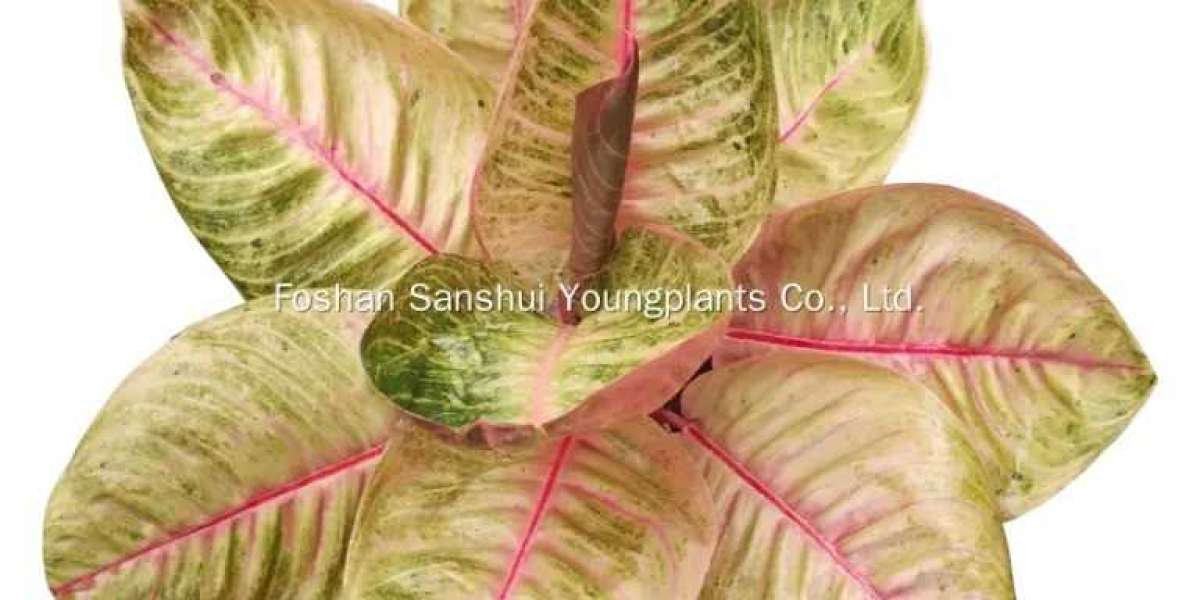Cultivating Aglaonema through tissue culture is a fascinating process that offers numerous benefits, but it also comes with its fair share of challenges. One of the main challenges faced in the cultivation of Aglaonema through tissue culture is the genetic uniformity of the plants produced. The process of tissue culture involves taking a small piece of plant tissue, such as a leaf or a stem, and growing it in a controlled environment to produce multiple identical plants. However, due to the nature of tissue culture and the way in which plants are propagated, there is a risk of genetic mutations occurring, leading to variations in the plants produced.
Addressing Genetic Uniformity Challenges
To address this challenge, researchers and plant breeders have developed advanced techniques and protocols to ensure the genetic uniformity of Aglaonema plants grown through tissue culture. One of the key solutions is the use of specialized media and growth hormones that promote the growth of healthy, uniform plant tissue. By carefully controlling the environmental conditions and nutrient levels in the tissue culture medium, researchers can minimize the risk of genetic mutations and ensure that the plants produced are genetically identical to the parent plant.
Preventing Contamination in Tissue Culture
Another challenge in the cultivation of Aglaonema through tissue culture is the susceptibility of plants to contamination by pathogens and other microorganisms. Tissue culture provides a sterile environment for plant growth, but it is not foolproof, and there is always a risk of contamination occurring during the propagation process. To combat this challenge, researchers take strict precautions to maintain sterile conditions throughout the tissue culture process, including using sterile equipment, washing hands thoroughly before handling plants, and regularly disinfecting work surfaces and tools.
Optimizing Growth Rates in Tissue Culture
In addition to genetic uniformity and contamination, another challenge in the cultivation of Aglaonema through tissue culture is the slow growth rate of plants produced. Tissue culture is a slow and delicate process, requiring patience and careful attention to detail. It can take several weeks or even months for a plant to grow from a tiny piece of tissue to a fully developed plant ready for transplanting into soil. To speed up the growth process, researchers can optimize the nutrient levels in the tissue culture medium, adjust the temperature and humidity levels in the growth chamber, and provide optimal lighting conditions for plant growth.
The Future of Tissue Culture for Aglaonema
Despite the challenges faced in the cultivation of aglaonema tissue culture, researchers and plant breeders continue to work tirelessly to overcome these obstacles and unlock the full potential of this innovative propagation method. With advancements in technology and a deeper understanding of plant biology, the future of tissue culture looks bright for Aglaonema and other plant species. By addressing challenges such as genetic uniformity, contamination, and slow growth rates, researchers can ensure the success of tissue culture as a valuable tool for the propagation and conservation of plants worldwide.








